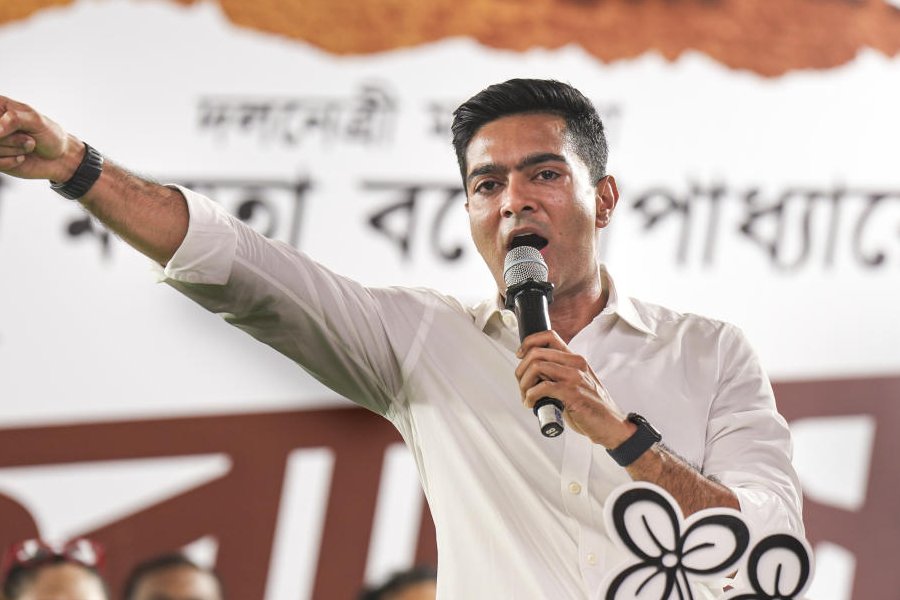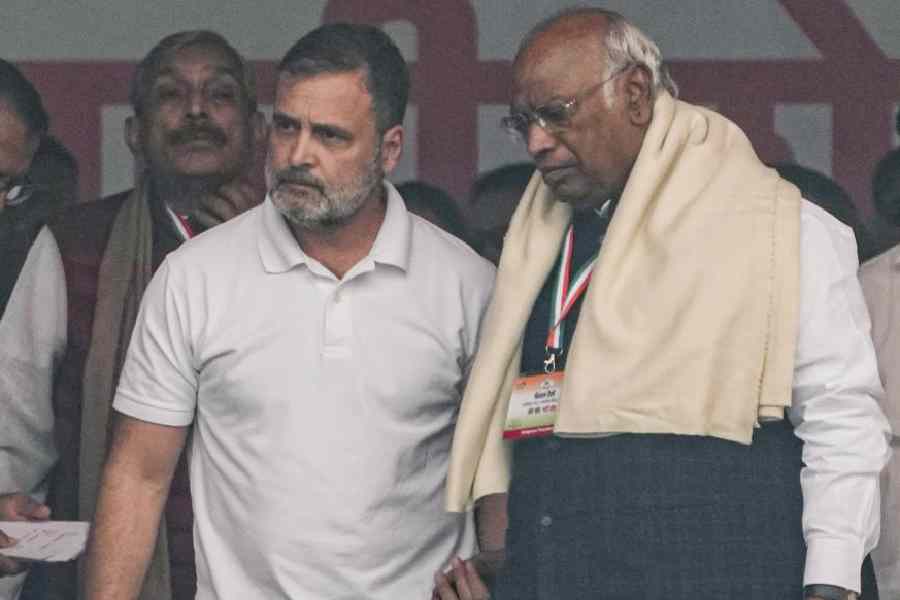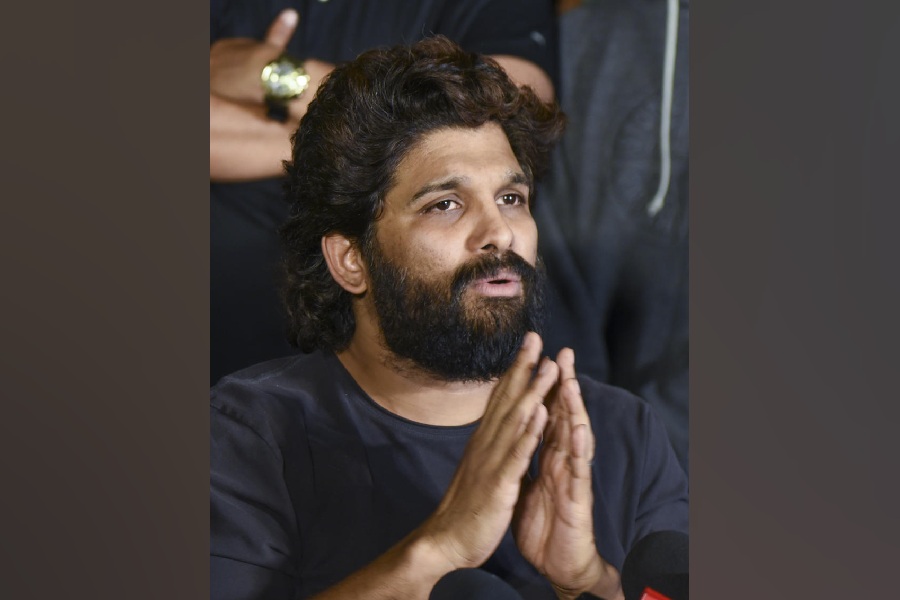MISTAKEN MODERNITY: INDIA BETWEEN WORLDSBy Dipankar Gupta, HarperCollins, Rs 195
Modernity is an ambiguous term, which defies any clear-cut definition. It is at once a concept, a way of life and an attitude - which looks askance at whatever stands as traditional. For the best part of the last century, leading intellectuals directed their endeavours towards sieving through the diverse meanings of this term. The conclusions they arrived at have often been elusive, or grossly dissimilar, and sometimes even mutually exclusive. The puzzle has remained unsolved till date, a time when people across the globe are talking enthusiastically about postmodernism and neocolonialism.
Assisted by giant advances in information technology, we continue to be enveloped by images of modernity. We can hardly contemplate rejecting it. But what does it really mean? Is being 'contemporary' synonymous with being 'modern'? Is modernity a wholly imported, European concept, or is there something called Indian modernity? Are there any basic tenets on which the idea of modernity is grounded? Or, does it embody a value-structure which can only be developed within some specific cultural set-ups?
Some of these questions are addressed from an 'Indian' perspective in Mistaken Modernity: India Between Worlds. In it, the author, Dipankar Gupta, explains the logical premises of the book. The author's perception of Indian society is explicitly expressed in the following statement: 'India is changing rapidly, industrialization and urbanization are growing exponentially, and yet our distinctly unmodern attitude still conditions our social relations.' In the rest of the book, he explores this 'unmodern attitude', traces the reasons behind it and critically examines its impact upon society at large. The essays are, by and large, insightful observations; although, at times, they lack competently constructed theoretical bases.
Gupta points out four basic traits of modernity - dignity of the individual, adherence to universalistic norms, elevation of individual achievement over privileges or disprivileges of birth, and, accountability in public life. He also comes up with a fifth criterion of modernity in the final chapter - this is the ability to trust social institutions. These are the conditions which, as the author demonstrates, the Indian society falls miserably short of fulfilling and thereby fails in being 'modern' in a true sense.
He discusses issues of social studies, politics and religion - and does so while allowing for the interconnections between these issues per se and the specificities of the Indian context. The last chapter examines the future prospects for modernization in India. 'Modernity', to him, is a special way of looking at the world, while 'modernism' is a globally valid concept. When these two combine, it results in 'modernization' which represents a universally applicable system.
The idea that Gupta holds as central to the concept of 'modernity' is 'intersubjectivity', which he discusses in detail. This is an idea which asserts the preponderance of the system over personal relationships, of institutions over individuals. This, Gupta maintains, is a precondition for perfect citizenship. But obversely, is this also not, at the same time, a cult of anonymity?
Two sections of people who come under pugnacious attacks in Gupta's book are the 'WOGs' (Westernized Oriental gentlemen) and the militant Hindutvawadis, who are political and religious bigots and cultural bullies. The former is described by a peculiar, portmanteau word - 'westoxicated'. Against the latter, Gupta unleashes a tirade and exposes the hideousness of some of their practices - one of which is to make religious martyrs out of political leaders such as Rana Pratap Singh. A scathing attack is also launched against the nature of Indian 'democracy'.
 Saturday, 27 December 2025
Saturday, 27 December 2025










